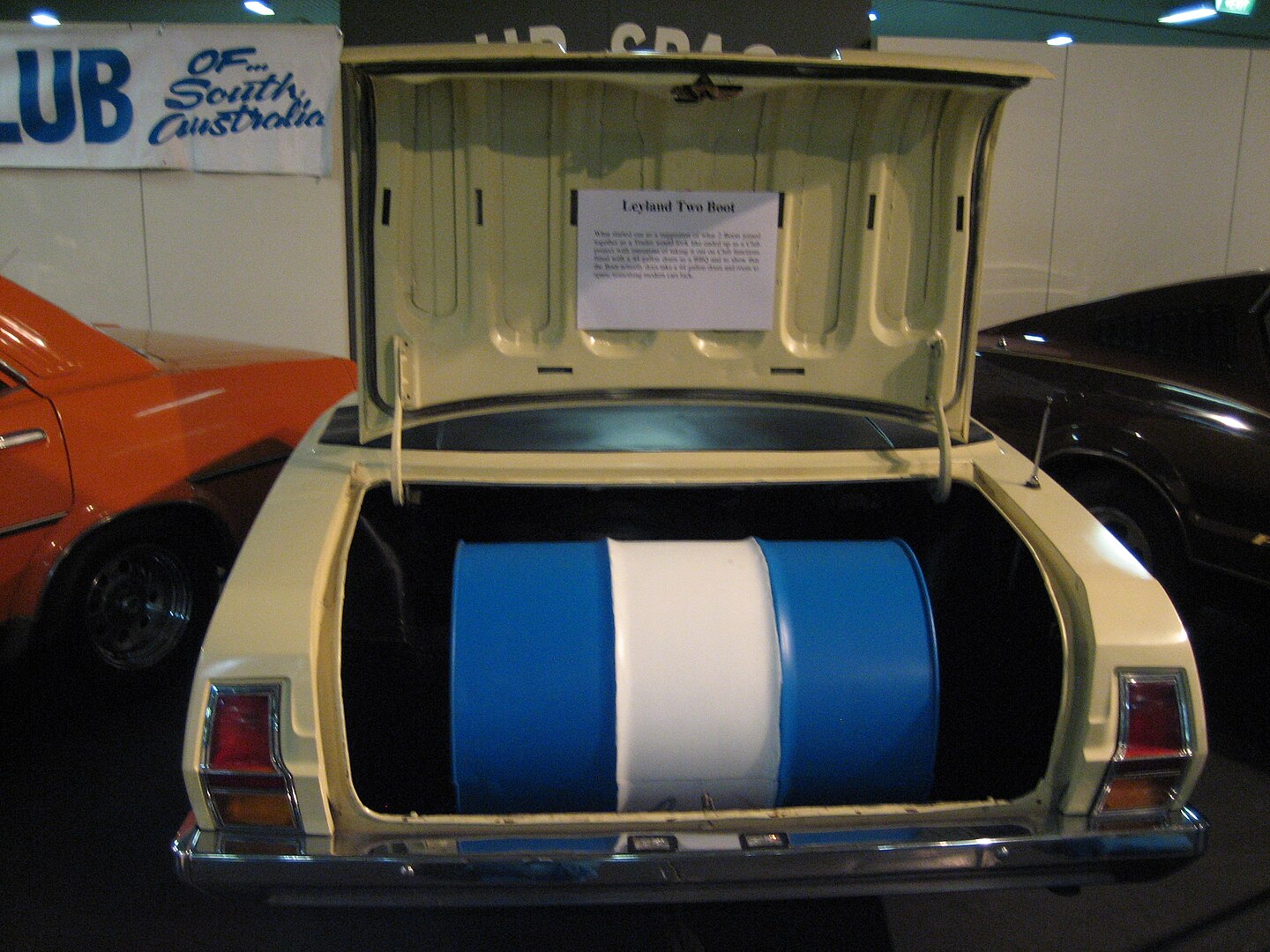The 2020 McLaren Elva revives a nameplate from the 1960s and sticks to the original formula – no roof and no windows. The price tag is very 2019, though.
The Elva dropped out of the sky as part of McLaren’s endless model onslaught and this one caught me quite unprepared. It’s another of the Ultimate Series, parking itself in the McLaren range next to the Senna and the Speedtail.
This one is a bit special, though – the Elva name harks back to founder Bruce McLaren’s M1A and the customer versions of that car, the McLaren-Elva M1A Group 7 race cars. McLaren reckons the design principles of those cars are integral to today’s McLarens. Sure. Why not.
The 2020 McLaren Elva is another limited run Ultimate car and given its – shall we say – limited practicality, that’s unlikely to be a bad thing.
Look and Feel

It’s certainly very striking. As you can see, it’s a very strict speedster – no roof.
Or is there?
Nope, no roof. Instead, McLaren has developed an aerodynamic roof called AAMS or Active Air Management System. As the car passes through the air, it is forced through the front clamshell section. Then through some black magic, the air hits a deflector and passes over the occupant’s heads. McLaren says this creates “a bubble of calm” which sounds like Darth Vader’s egg thing.
McLaren suggests if you’re not keen on that, you can wear a helmet or, even better, option the windscreen. Only if you’re a sook, obviously.
The styling itself is gorgeous. The flying buttresses looked great on the 570S but here they look magnificent. The rear end has a lot of 720S about it, and that’s a good thing. There’s something very feline about these curves, without being self-conscious. I dig it.
Of particular note is that the entire body is made of carbon fibre – the massive front clamshell is just 1.2mm thick. McLaren says it meets all of its structural integrity targets. The side panels are three metres long and also very thin and light.

The cabin is nice and minimalist, reflecting its namesake and the obvious need to make it weatherproof. Carbon fibre abounds, including the seats which are exclusive to the Elva.
McLaren’s IRIS system appears to soldier on with a new screen (still the wrong orientation) and the centre console is resplendent in these photos with a gloss finish. You can change pretty much everything and McLaren Special Operations will cheerfully charge you for it. They’re good like that.
Drivetrain

Nestled under the rear deck – as always, away from prying eyes – is McLaren’s 4.0-litre twin turbo V8. In the Elva you get 815PS or excruciatingly close to 600kW. Along for the ride is a massive 800Nm, all of reaching the rear wheels via the usual seven-speed twin-clutch from every other McLaren.
Combined with the Elva’s light weight, all this power and torque propels the car to 100km/h in “under three seconds” and beats the Senna to 200km/h, cracking that figure in just 6.7 seconds.
The dry-sumped, flat-plane crank V8 should be fairly vocal with a trick new exhaust made of titanium and Inconel. The exhaust has three exits, two down low and one up high. The upper exhaust features a 3D-printed titanium exit and it looks pretty cool.
Chassis
As ever, McLaren’s Monocage technology forms the basis for the car. The company says it’s the lightest road car it has ever made but hasn’t yet got an official figure. Remember the F1 was a bit over 1000kg.
McLaren bolts the engine in and then fits linked hydraulic fully active suspension for its trademark – and spectacular – ride and handling balance. (Yes, I know that’s not how the cars are built)
The sintered carbon fibre brakes, pioneered on the Senna, save unsprung weight, with the inclusion of titanium brake calipers further reducing weight – by an entire kilogram across the whole car. Don’t say McLaren doesn’t sweat the details. The discs measure a huge 390mm, which for carbon fibre brakes means massive stopping power.
Elva also features variable drift control along with the usual three-mode ESC system and if you’re super-keen you can shred Pirelli P-Zero Corsa tyres instead of the standard-fit set.
How much and when?
Yeah, this is the fun bit. At £1,425,000, if you can afford one of them, you’ll have to be quick. There are just 399 of them and one imagines they’ll go quickly (see what I did there?).




Leave a Reply